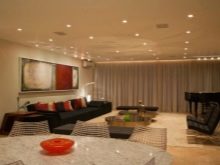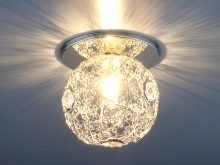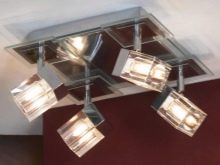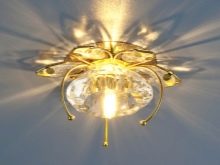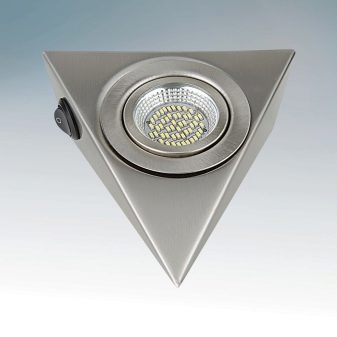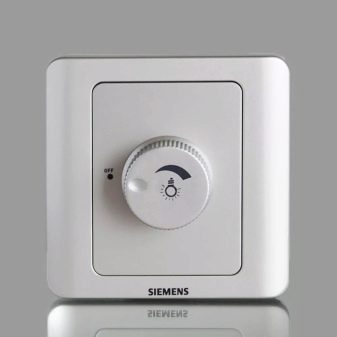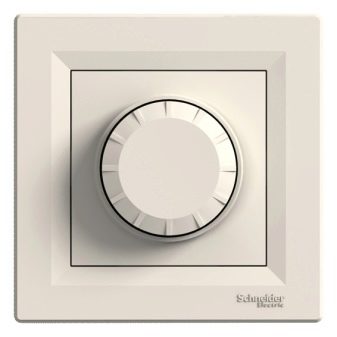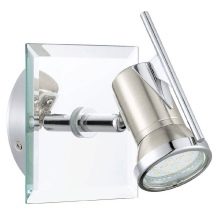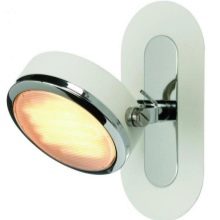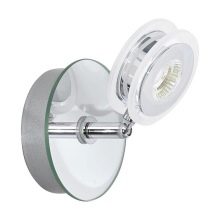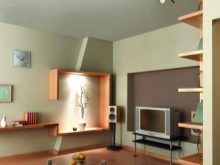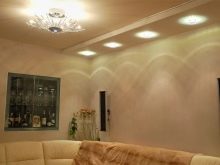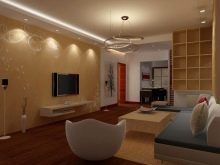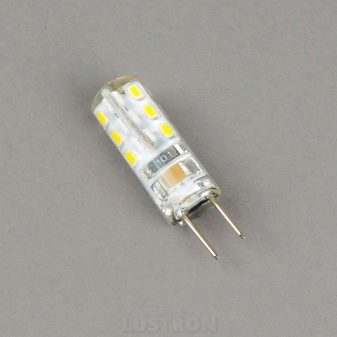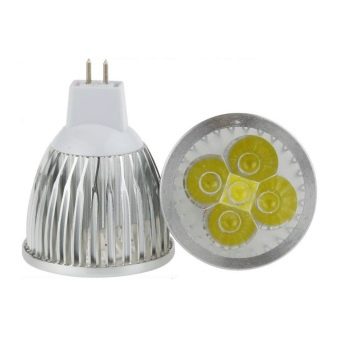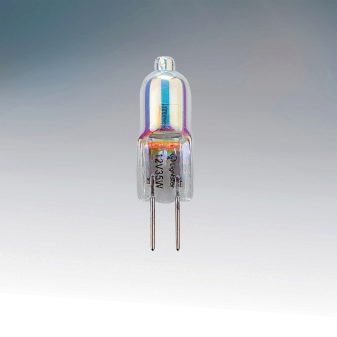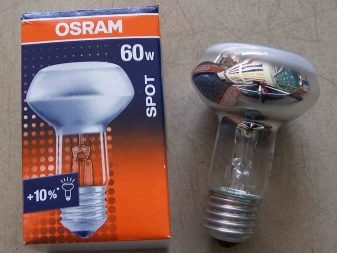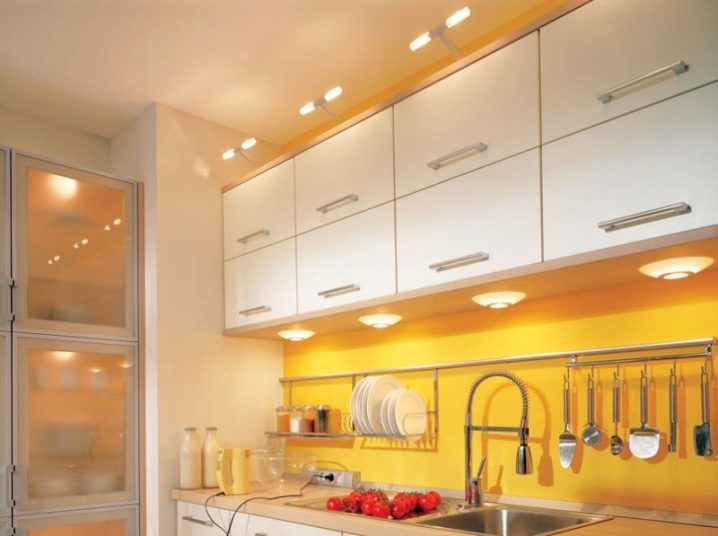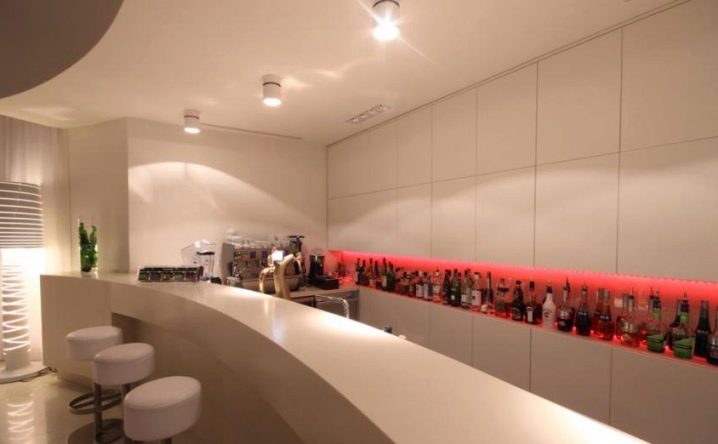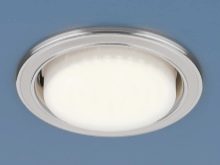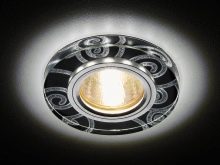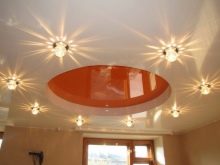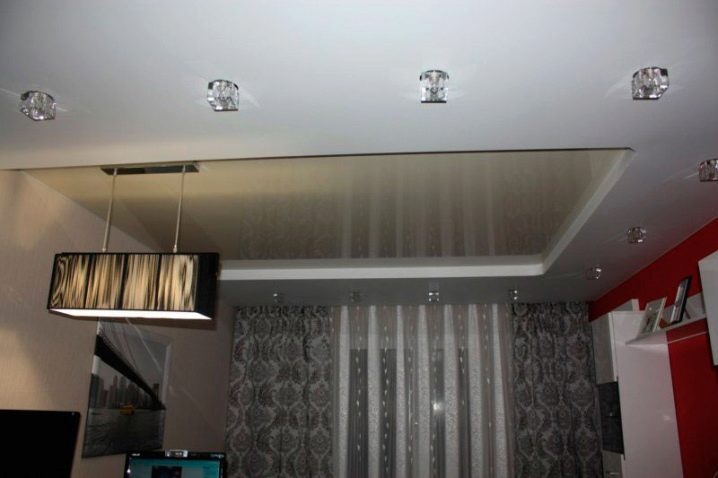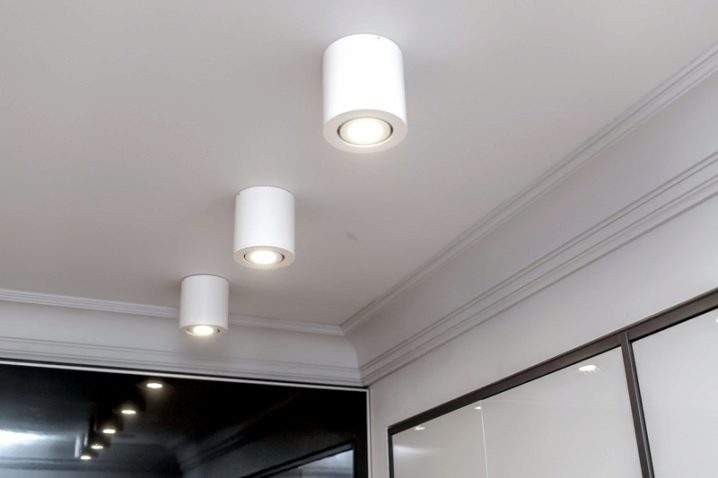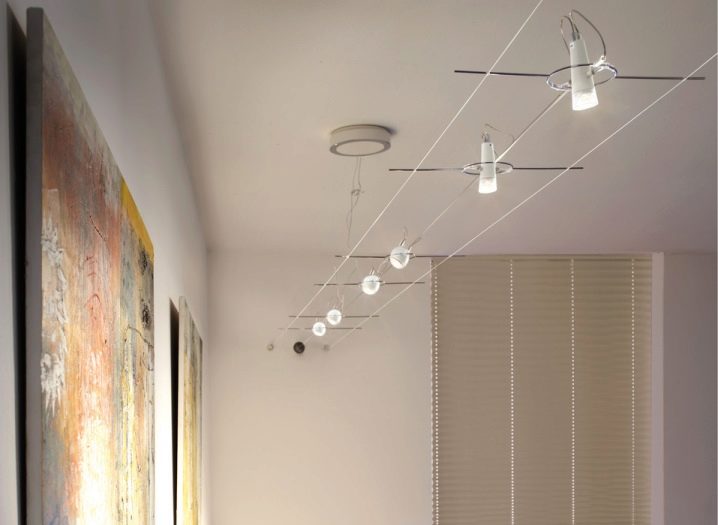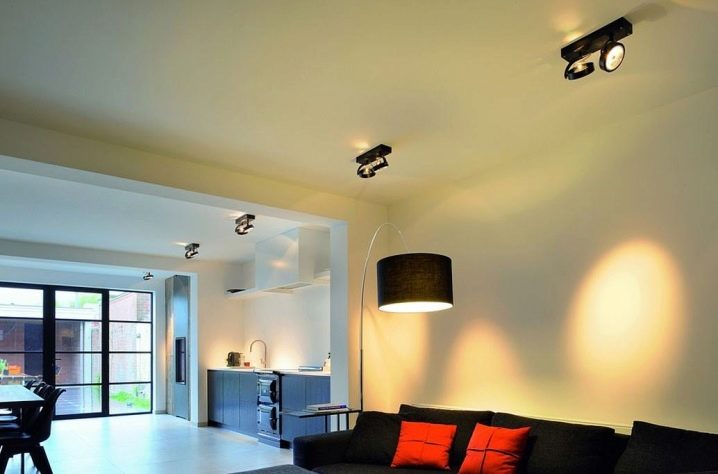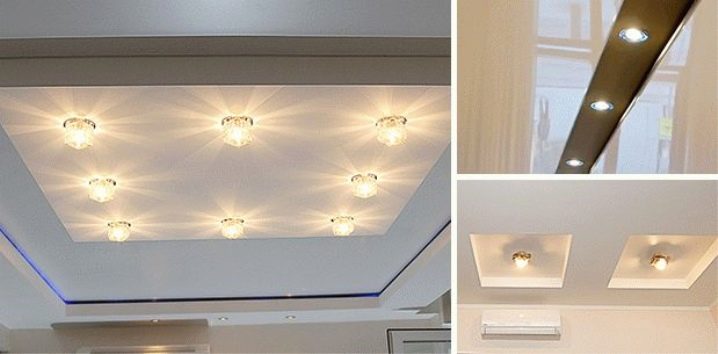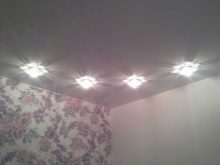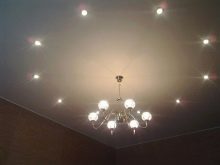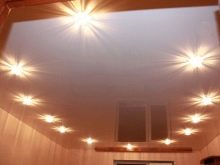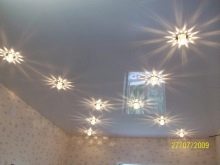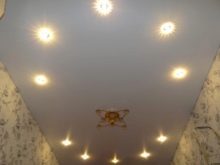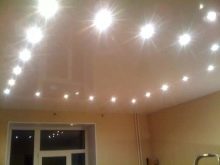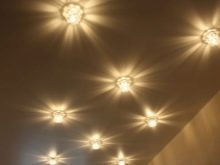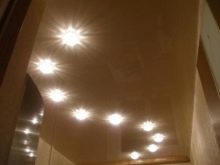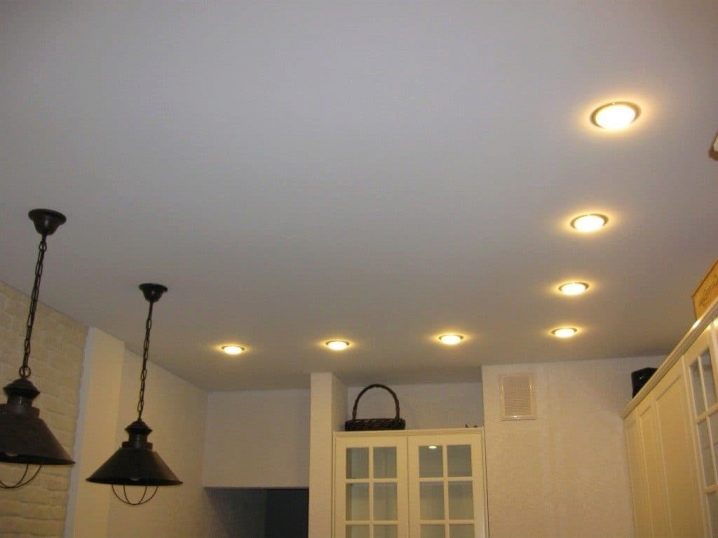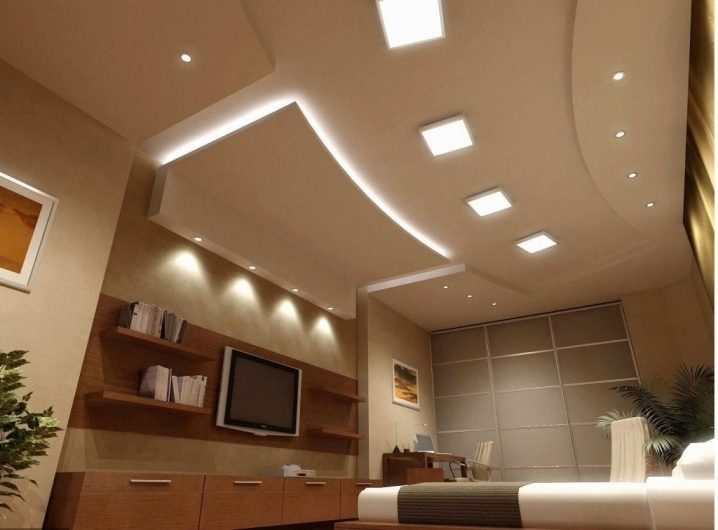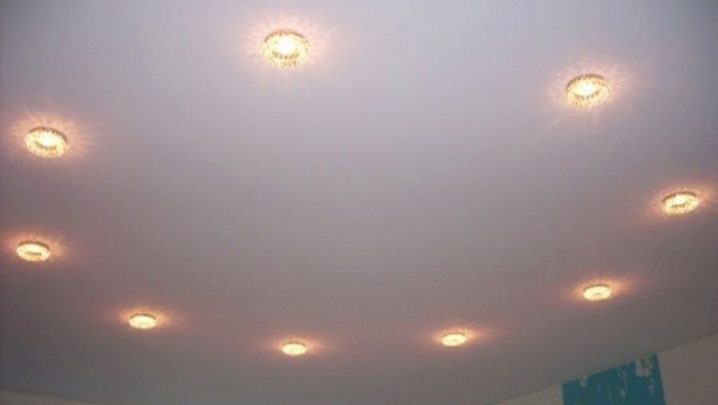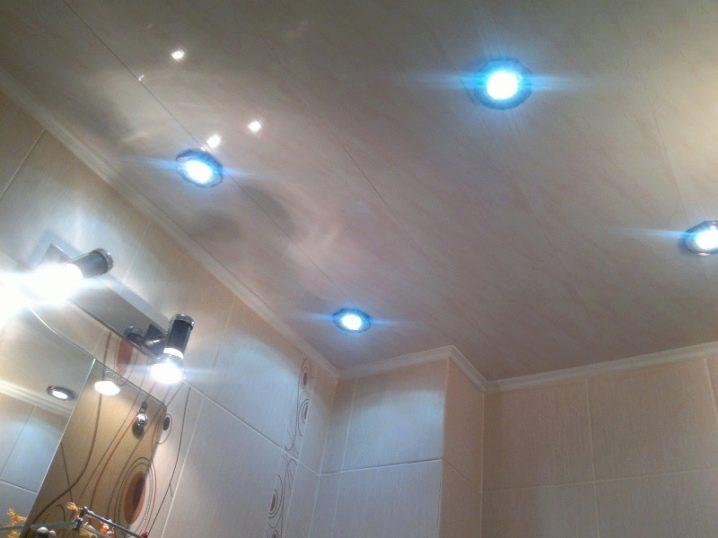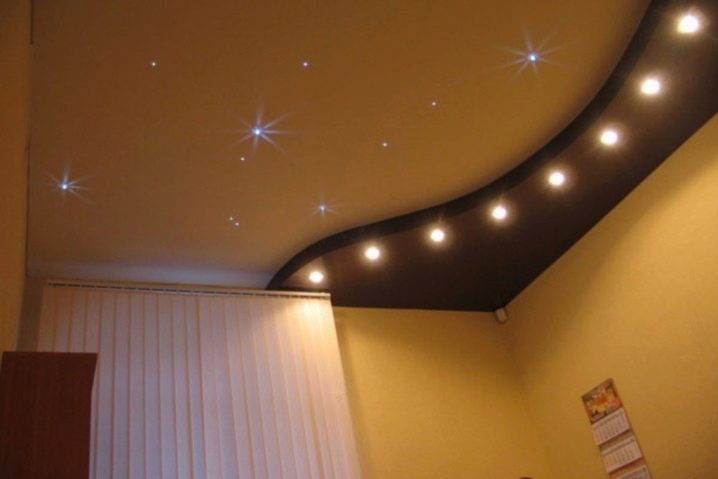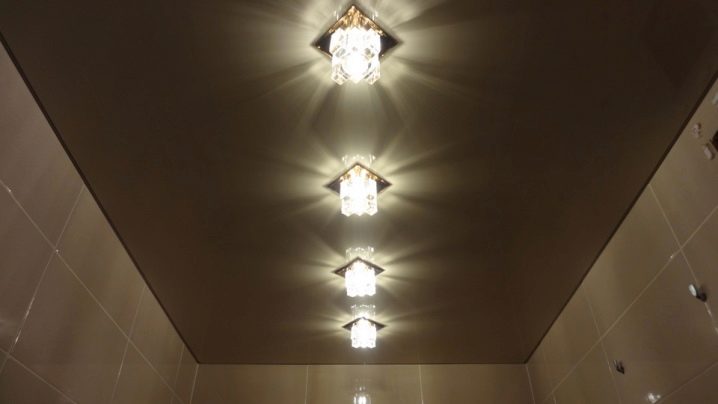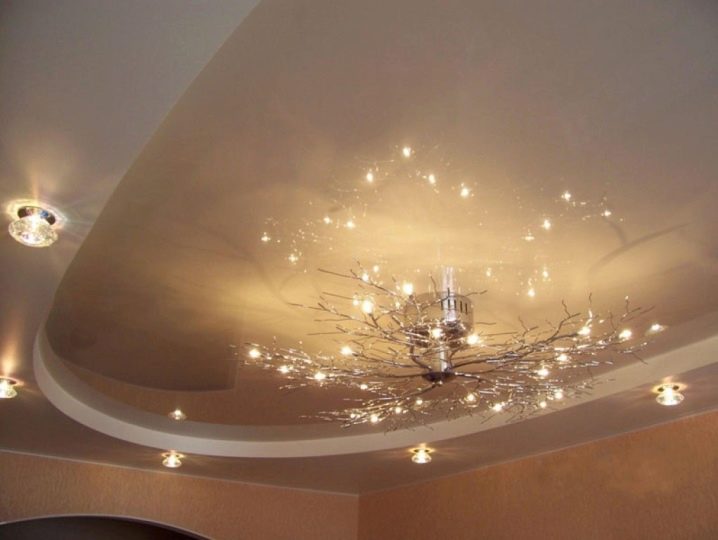How to arrange spots for suspended ceilings?
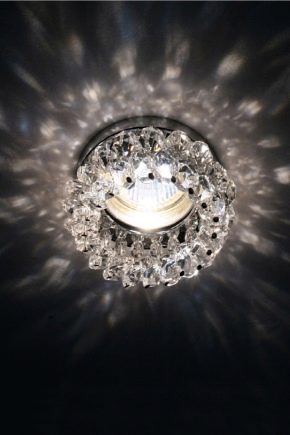
From the English word "spot" is translated as "place" or "spot." Initially, these small devices were invented to highlight individual interior objects with light - paintings, dishes in glass cases or a small section of the drawing on which the designer worked.
With the invention of suspended ceilings, designers began to actively use spot lighting to give volume to the structure itself, to highlight individual zones or to create diffused lighting for the entire room, if a large number of them are used. The versatility and ease of installation made the spots popular in the case of stretch fabrics.
Special features
A spotlight is a mini electrical appliance that can have: one or more deflectors, a bracket on which it is attached, and always a turning mechanism. Rotating on a hinge, the spot allows you to direct the beam in a certain direction.
Such sources can be located at any point of the stretch ceiling.
Installation of lighting affects the height of the structure.
When installing the wiring tension film must be below the ceiling of the room:
- for fluorescent or halogen lamps - by 8-12 cm;
- for LED - 6 cm.
Installation of devices facilitates their small weight and ease of installation work: the assistance of a specialist is optional, which saves money. Savings are also evident in the fact that the spots do an excellent job of lighting up small areas of a room that have their own autonomous connection system. In this case, they perform the function of a sconce or floor lamp.
Ways to turn on the light:
- from the key or button of the on / off switch;
- from a standard electrical outlet with a plug.
There are overhead options that run on batteries.In operation, it is not quite convenient, since it is necessary to open the capsule on the stretch ceiling every time when the energy source dries out and needs to be replaced.
In most cases, such fixtures are used as temporary or for emergency cases.
A power regulator can be connected to the system, with the help of which the light is made muffled, creates an intimate setting, or, on the contrary, adds brightness. There are models with remote control, having the function of turning on and adjusting the brightness.
They offer manufacturers and options for spot lighting for rooms with high humidity levels. The outer part of the device can be made and decorated from a variety of materials.
Design features
Spots are functional in their intended purpose, comfortable, spectacular and beautiful. They are used to illuminate the entire room, its individual zones, as a decor and to enhance the perception of its individual elements.
With their help, you can visually increase the space.
More often spot lighting is installed on the matte surface of suspended ceilings, a little less often - on satin.In exceptional cases, mini ceiling lamps are mounted on a glossy surface.
Dot lanterns vary in color and shape: from small and flat to bulky designs that mimic a miniature chandelier. Each person can choose them to his taste and for a specific interior.
The priority is round shapes, they are suitable for any application. Square options perfectly fit into the interiors, executed in styles loft, hi-tech and minimalism.
Features of light bulbs
For these devices there is a large assortment of various light bulbs: halogen, LED, incandescent. The specific choice depends on the technical characteristics and preferences of the consumer.
LED is quite expensive, but in the end it turns out to be much more profitable. They work many times longer, have low power consumption and pay back their cost in a few months. They do not heat up and do not negatively affect the state of the film.
Lamps of this type are best suited for mounted structures.
Halogen also work much longer compared to conventional incandescent bulbs.But they need lamps with sockets for a two-pin connection. Halogen lamps with screw bases have not yet been invented.
With this type of lamp you need to work carefully, with gloves. Touching with bare hands can leave spots of grease or dirt that will affect the quality of the light and cause the spot to overheat. Another disadvantage is that problems may arise when the luminaire is paired with a power regulator. The lamps will start blinking and making characteristic sounds.
Incandescent bulbs are quite cheap in cost., but more often they burn out, because of which they have to keep a certain amount of them in stock. Also, these lamps have problems with cartridges, where the contact tongue often falls. When buying, one should pay attention to the power so that it coincides with the characteristics of a specific flashlight specified in the technical documentation.
Experts do not recommend choosing incandescent lamps: they heat up to high temperatures, from which the canvas next to them deforms. When mounting for this type of light bulbs, the frame for tensioning the web is installed 10-12 cm below the ceiling.Violation of this condition will cause overheating of the spot, which can cause a fire.
When choosing a source of illumination, the type of web of the hinged structure is taken into account.
The use of PVC film assumes the brightness of elements of the filament within:
- for incandescent bulbs - 40 W;
- for halogen - 20 watts.
For satin coating power can be:
- for incandescent bulbs - 60 W;
- for halogen - 35 watts.
Recall that the LED is almost not heated and can not harm any of the types of films.
Kinds
There are three types of spotlights: recessed, surface and overhead.
Embedded - the most difficult to install devices because of the design, which involves hiding the main part of the product behind the plane of the ceiling. For installation, you have to cut a hole under them and select an insulating decorative ring in size. At the same time, they do not lose their functions, they are most in demand, as with a complete installation they fit into any interior and create a cozy atmosphere at home.
Such spots are already tested by time and have mostly positive reviews.
Surface - also quite popular, have a wide variety of design solutions. They can be installed directly on the surface of the canvas, but they require additional strengthening of the structure at the installation sites. Otherwise, the ceiling sags under the weight of the instruments.
Usually reinforcement is made in the field of support tension structure. Bars or metal profiles can be used, coinciding in size with the distance between the tension and main ceilings. It is necessary to install these fasteners during assembly of the frame.
Disadvantages:
- possible deformation of the plane under the weight of spots;
- part of the wiring remains visible;
- short life and
- there is no mechanism for regulating the flow of light.
But they are universal in use, they are used for lighting the entire room, and for zoning, and to highlight the individual elements of the decor.
Overhead - similar to the surface, only have a limited ability to turn due to the fact that their lamps are directly adjacent to the base. However, in performance, appearance, look much better.
There is also the option of a series of spots, which are mounted on cables tied across the room.This design is rarely used in everyday life, they are mainly used in public halls: cinemas, restaurants and the like.
From the following video you will find out which lamps are suitable for stretch ceilings.
How to place?
What, where and how to place it is necessary to think in advance, otherwise it will be impossible to change something after the frame is installed and the fabric is cut. Rational installation will allow you to do a minimum of light points to illuminate each functional area or element of decor.
In some cases, spots are placed, observing the general symmetry of the interior. In others, using soft asymmetry. Any combination changes the atmosphere and perception of the space of the room.
When installing it is necessary to consider that:
1. The span between the wall and the light point must be more than 200 mm.
2. The distance from the ceiling to the joint of the ceiling canopy is not less than 150 mm.
3. The calculation of the optimal number of points of illumination is carried out in advance, based on the type and estimated power of the devices.
4. With a symmetrical arrangement, lamps should be located at the same distance from each other and from the wall.
When planning and calculating it is necessary to consider: the area of the room,the kind of lamps, the illumination of the space from the window openings, how many working areas the room will be divided into, the functions of this place
When counting light sources, it is assumed that one light element illuminates a space of about two square meters. Further - at the discretion. It is possible to slightly change the total number of devices depending on the required light intensity for each of the zones. Reducing is not recommended.
Common ceiling designs:
1. Oval - the name speaks for itself, the oval of the spots is placed in the center of the stretch ceiling.
2. Circular placement - light elements are mounted in the center in the form of a circle, it is recommended for premises of simple forms without protrusions and niches.
3. Corner placement - suitable for highlighting a specific place, usually combined with a chandelier.
4. Two semicircles - allows you to light the entire perimeter of the room, a chandelier is also needed.
5. Cross-shaped location - often used as the main source.
6. Rectangle - visually increases the space.
7. Arc - applied for in zoning.
8. Wave - suitable for rooms with a complex line of shape.
9.Arbitrary pattern - is executed in the form of a pattern from the ceiling.
Recommendations for rooms
Corridor. In long, complex corridors, lighting design is more pertinent around the perimeter. For small - you can make the center light.
Kitchen. In the kitchen, it is desirable to place the spots above the dining table, and in the work area add a small auxiliary light.
Hall. This is a place where you can give free rein to fantasies. Desirable more light near the sofa and a place to read. And the rest - as the soul desires. All types of lighting and luminaire layout techniques are possible.
Bedroom. There is no need for bright light, often use circular spot lighting or oval. Ceiling lamps are also arranged in a geometric order and in the form of an arbitrary pattern.
Children's The nursery is divided into educational, play and sleeping areas. Here it is clear that the lighting above the desk is at the maximum, and for sleep it is at the minimum. Additional light depends on the preferences and hobbies of the child.
Bathroom. It is important that the spots were waterproof. Focus on the mirror and dressing table.
That's all the recommendations for the selection and placement of spotlights.Of course, every person wants an original solution, but it is desirable to adhere to the basic rules. The mount must be very reliable and the lighting must be sufficient.
Beautiful examples in the interior
It is possible to arrange the lamps with a curved line, along the edge of the drywall box. This solution looks very attractive and stylish. The rest of the ceiling is made in the form of a starry sky.
You can choose non-standard spots, and more stylish options. Such models are more suited to expensive, elegant interior.
In the center of the ceiling you can put a beautiful chandelier, and along its contours small lamps.


